More Than Just a Skate Shoe: The Legacy of Vans
With deep roots in surf, skate, and action sports culture, Vans has become more than a shoe brand — it’s a symbol of rebellion, creativity, and timeless style. But behind the brand’s massive global popularity lies a history full of surprises, including custom shoe orders, bankruptcy, and reinvention.
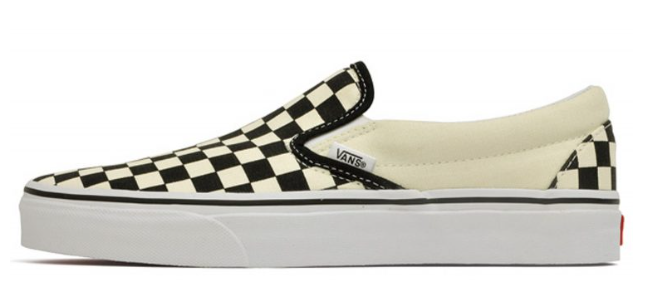
In this article, we dive into Vans’ journey from humble beginnings to cultural icon, and explore the signature models that built its legendary status.
The Origin of Vans: A Custom Sneaker Start-Up
Founded in 1966 in Anaheim, California, by Paul Van Doren, alongside Jim Van Doren, Gordon Lee, and Serge Delia, the brand name “Vans” came from the phrase “Van and his friends.”
From day one, Vans operated as a made-to-order business. On opening day, 12 customers selected their sizes and colors, placed custom orders, and received handmade sneakers by the evening. The model they bought — known as #44 Authentic — is still sold today, with its minimalist design virtually unchanged.
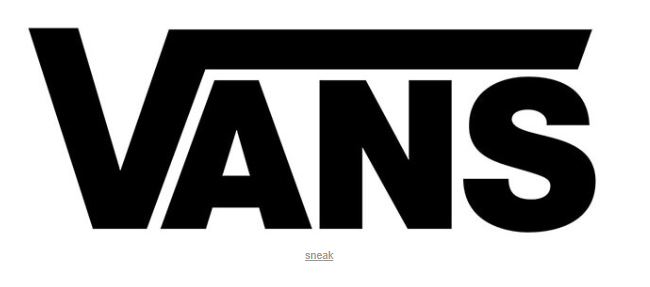
The 1970s–80s: From California Streets to Global Fame
In the 1970s, Vans exploded in popularity thanks to its durable canvas uppers and sticky waffle soles, perfect for skateboarders. Influential riders like Tony Alva and Stacy Peralta of the Zephyr skate team (aka the Z-Boys) started customizing Vans with padded collars and vibrant colorways, inspiring the release of the #95 Era in 1976 — a padded, skater-specific evolution of the Authentic.
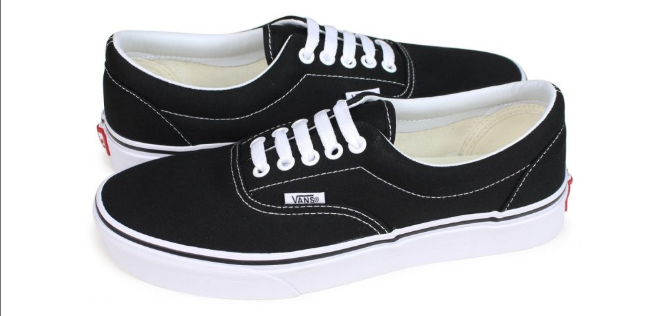
By 1979, Vans introduced the Classic Slip-On, a lace-free model designed for quick wear and skate convenience. With strong support from the BMX scene and skaters alike, the Slip-On quickly became a SoCal staple — especially after appearing in the cult classic film Fast Times at Ridgemont High.
What Does “Off the Wall” Mean?
The phrase “Off The Wall” was coined during a Z-Boys skate session in an empty pool, when Tony Alva landed a trick so unconventional that a bystander shouted the phrase. It soon became Vans’ signature slogan — a perfect match for its rebellious, anti-establishment vibe.
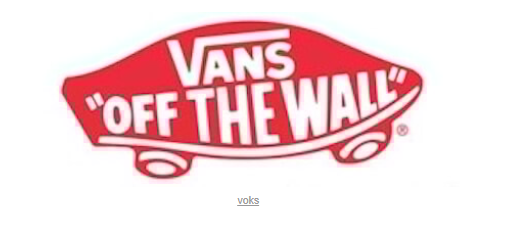
Today, “Off The Wall” continues to represent the creative, individualist spirit of Vans wearers worldwide.
Vans’ Bankruptcy and Epic Comeback
By the early 1980s, Vans had expanded rapidly, operating nearly 70 stores across California. But over-expansion led to financial trouble. In 1984, Vans filed for bankruptcy. Paul Van Doren returned as president, famously telling employees:
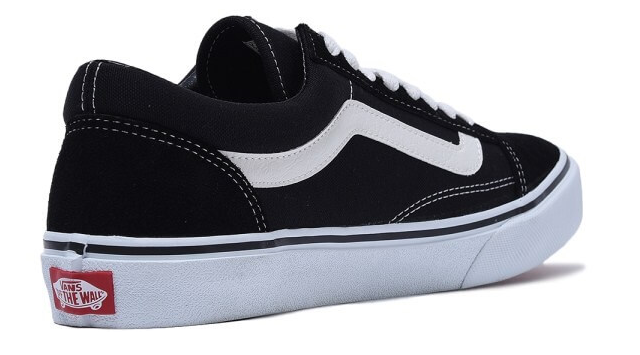
The company paid off its $12 million debt by 1987. Fast forward to 2011, Vans reached over $1 billion in annual sales, cementing its place as the world’s largest skate shoe brand.
A Look at Vans’ Most Iconic Models
🔹 Authentic (#44)
The original. A minimalist low-top design born in 1966. Durable, versatile, and eternally cool, it represents the DNA of Vans — no frills, just function and timelessness.
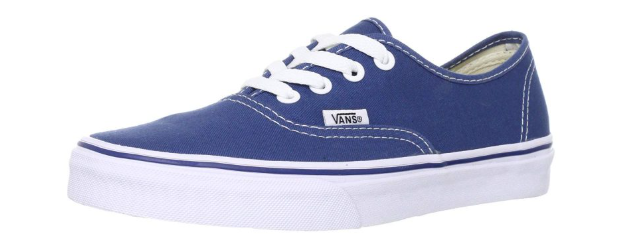
🔹 Era (#95)
Launched in 1976 and co-designed by skaters Tony Alva and Stacy Peralta, the Era introduced padded collars for extra comfort and bold colorways. It’s the Authentic, reimagined for street athletes.

🔹 Classic Slip-On (#98)
A laceless version of the Vans aesthetic, popularized by skaters and immortalized in pop culture. Lightweight, easy to wear, and instantly recognizable — especially in its checkerboard pattern.
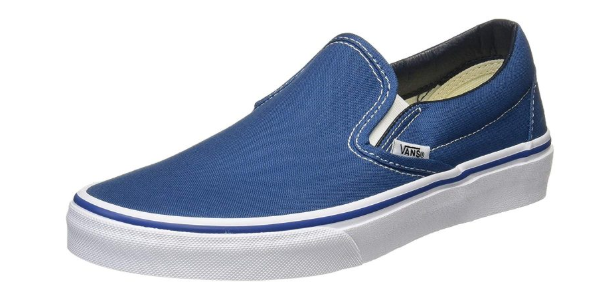
🔹 Old Skool (Style 36)
Debuting in 1977, the Old Skool introduced the iconic “jazz stripe”, originally a simple doodle by Paul Van Doren. Its wave-like side stripe and reinforced toe caps made it a rugged, stylish choice — and a lasting symbol of Vans.
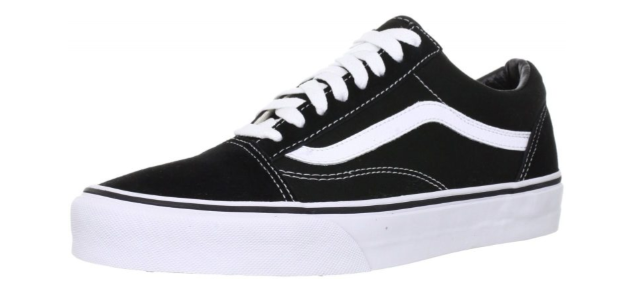
🔹 Sk8-Hi (Style 38)
Launched in 1978, the Sk8-Hi brought high-top protection to vulnerable ankles — a game changer for skaters. With the jazz stripe and padded support, it’s a bold silhouette packed with function.
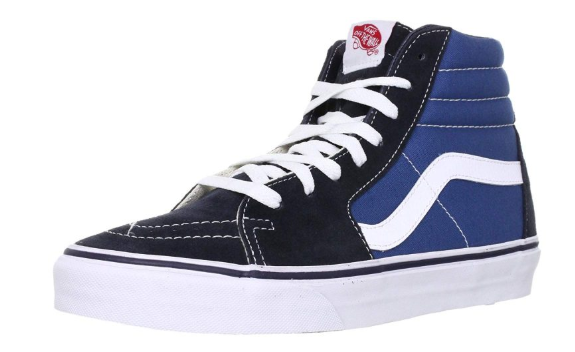
🔹 Checkerboard Slide Sandals
Designed for post-skate relaxation, Vans’ shower sandals — particularly the checkerboard versions — have become go-to summer essentials.
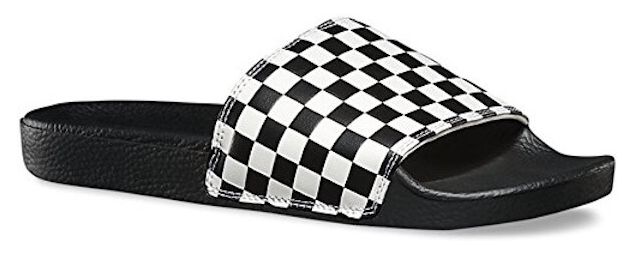
What Is the Vans “Vault” Line?
Introduced in 2003, Vans Vault is the brand’s premium, fashion-forward division. It experiments with upscale materials, designer collabs, and limited-edition runs — often sold in exclusive boutiques and concept stores like BILLY’S in Japan.
Collaborators range from graphic artists and comic illustrators to luxury designers, offering rare and boundary-pushing sneaker designs.
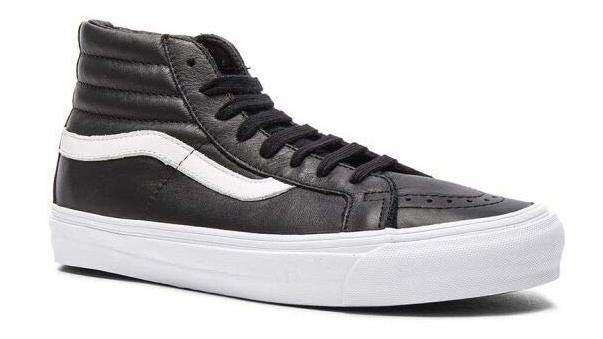
What Is the Vans “Surf” Line?
The Surf Line mixes city style with laid-back beach vibes, using eco-friendly materials like organic cotton, hemp, bamboo, and recycled PET. It’s designed for sustainable streetwear — favored by surfers like Joel Tudor, Nathan Fletcher, and Alex Knost.
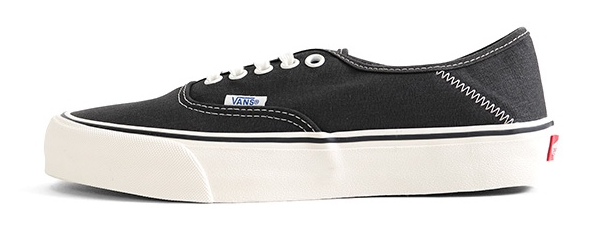
Japan vs. U.S. Vans: Spotting the Differences
Hardcore sneakerheads often debate between Vans Japan Project and U.S. Project shoes. Here’s how to tell them apart:
-
Model codes: U.S. models begin with “VN”, while Japanese versions start with “V”.
-
Toe shape: U.S. models have a flatter toe for skateboarding; Japanese ones have a slightly upturned toe for easier walking.
-
Heel patch: Japanese versions usually feature a ® symbol, as ABC-Mart owns domestic trademark rights.
-
Side stitching: Subtle design differences can often be seen up close

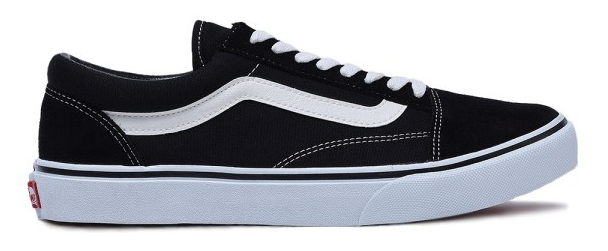
What Makes Vans PRO Models Special?
Designed with serious skaters in mind, Vans PRO models feature:
-
Reinforced toe caps with DURACAP™ layers
-
ULTRACUSH™ HD insoles for impact absorption
-
Extra padding and durability in high-stress areas
They’re made to withstand abuse — and still look stylish.
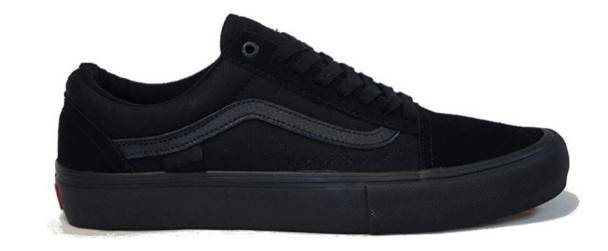
Final Thoughts: The Legacy Lives On
From a small custom-order shop in Anaheim to a global symbol of individuality, Vans has earned its place as the King of Sneakers. With over 50 years of innovation, rebellion, and creativity, its story continues — one waffle sole at a time.
Whether you’re skating pools, strolling city streets, or just expressing your personal style, there’s a Vans pair that fits your journey.
